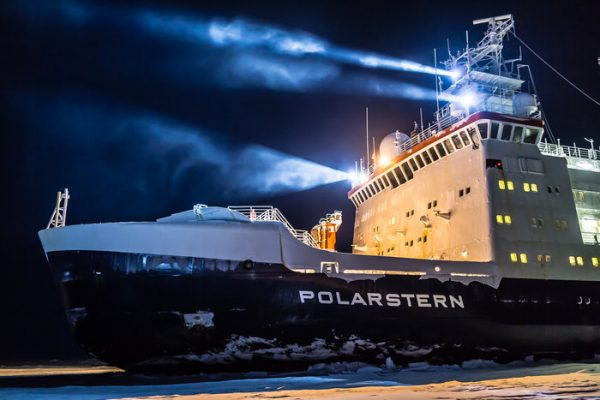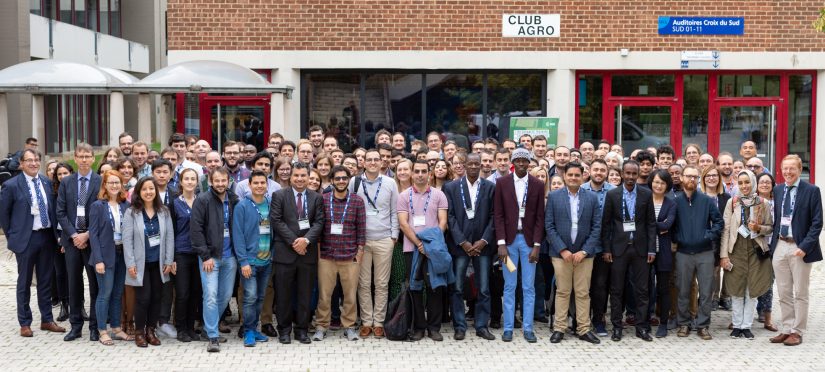ARCTIC+ SEA ICE MASS
Prime company: ISARDSAT SP. Z O.O. (PL)The Arctic is a complex region encompassing different physical and biogeochemical processes and interactions among several components of the Earth system (e.g., sea ice, ocean, glaciers, ice caps, the Greenland Ice Sheet, snow, lakes and river ice, permafrost, vegetation, complex interactions with the atmosphere, people, etc.). Changes in the Arctic have a strong impact on …


